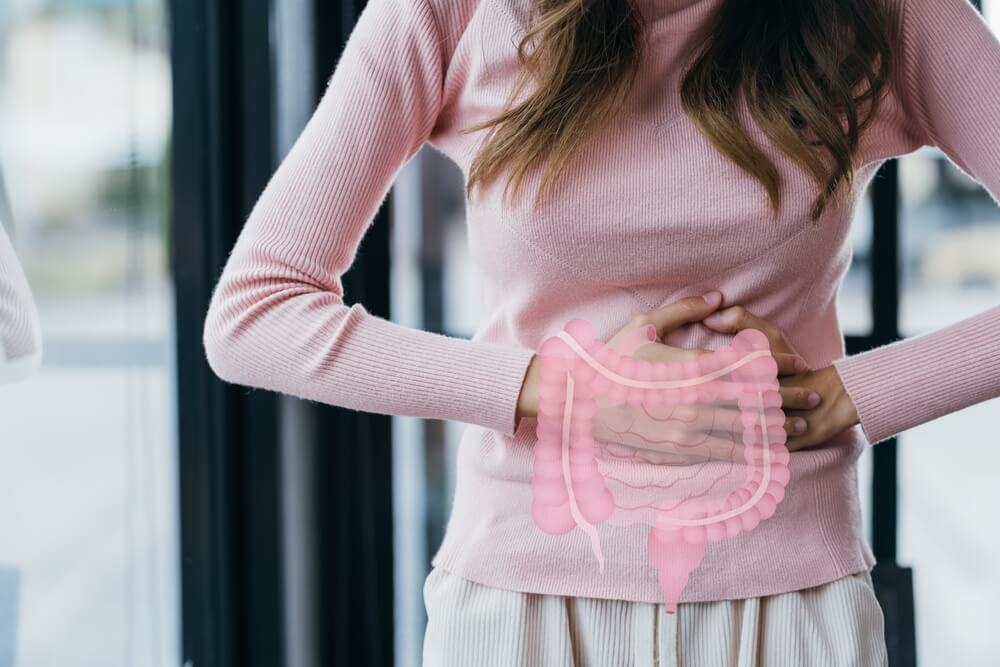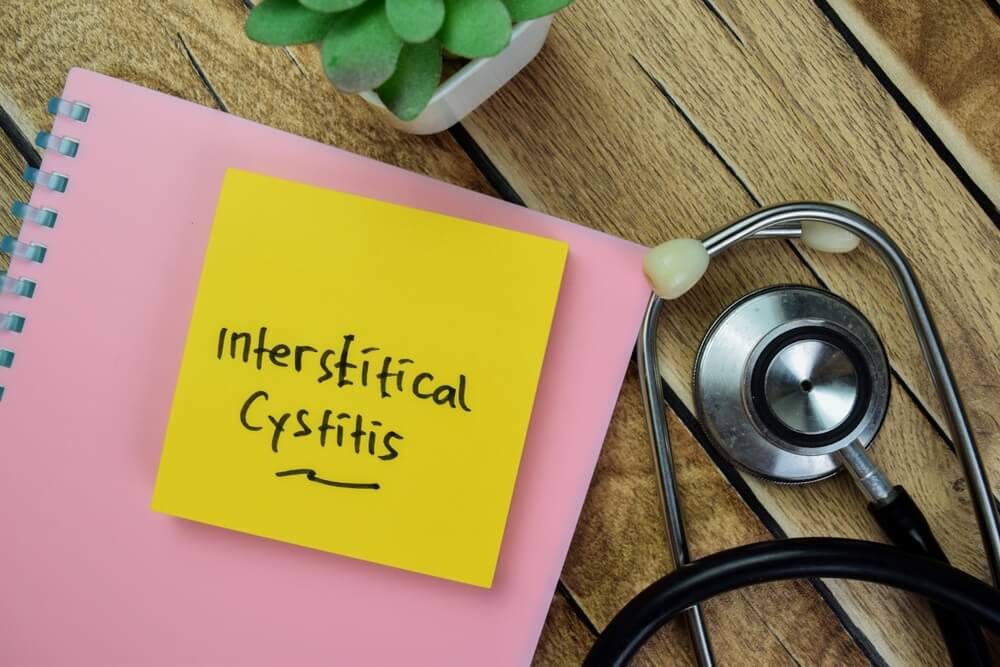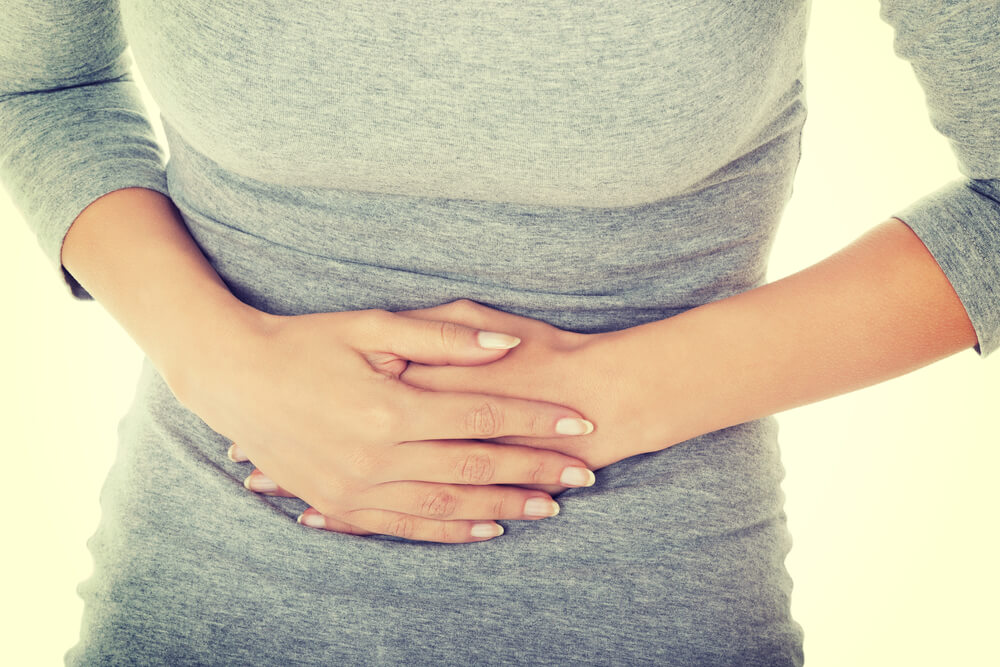It’s been well documented through thousands of well-women’s exams that cramping and pelvic pain can often occur unrelated to a woman’s menstrual period. In some cases, other causes, like benign cysts, pregnancy, or constipation, are to blame. In more severe cases, when there are cramps, but no period, other underlying causes like cancer may be the culprit.
Still, women experiencing cramping with no period shouldn’t be afraid, as chances are slim that they have a severe condition. On the other hand, without medical help, it can be difficult to pinpoint what’s exactly causing period pain but no period.
As such, if you are experiencing a similar issue, learn more about cramping with no period in this blog post. Also, feel free to learn more about Carreras Medical Center and contact our experts after finishing the article.
What Might Cause Period Pain But No Period?
Below are some of the most common causes that may lead to cramping with no period.
Inflammatory Bowel Disease (Ulcerative Colitis or Crohn’s Disease)
These problems may lead to long-term irritation and swelling along the digestive tract. Usually, it happens when something goes wrong with the immune system,
Chron’s disease can affect most parts of the digestive tract, while ulcerative colitis will involve only the large intestine.
With these bowel diseases, the cramping with no period can feel differently. With Crhons, the pain will occur in the middle or right lower part of the belly ranging from mild to severe; with ulcerative colitis, the pain will often develop on the stomach’s lower left side.
Other accompanying symptoms may include:
- Bowel changes like constipation or diarrhea
- Urgent bowel movements
- Weigh loss
- Blood in stool
- Fatigue
- Fever

Ruptured Ovarian Cysts
Cysts are fluid-filled sacs that may form on the ovaries. A subtype of these cysts (follicular cysts) breaks open and releases eggs that dissolve in the body. If this fails, they may grow large, and they can possibly burst.
Still, period pain with no period might not always point to a ruptured cyst, as these ruptures aren’t always painful. When they do cause pain, it’s a sharp and sudden cramping sensation on one side of the lower abdomen under the belly button. These ruptures may also cause spotting; patients may feel pressure in their lower back, thighs, or lower belly before rupturing.
Pregnancy Pain
Often, women may confuse implantation pain during pregnancy with menstrual cramps. Implantation pain refers to the process of the growing baby attaching to the womb’s lining.
Fortunately, this pain isn’t like in the case of severe menstrual cramps – the discomfort is slight and occurs around four weeks into pregnancy.
Ovulation
Ovulation is a natural process in women who still have their ovaries and haven’t entered menopause. Typically happening around 10-14 days before your menstrual period, ovulation involves the release of an egg from the ovaries, preparing the body for a potential pregnancy. During this time, some women may experience mild cramps known as “mittelschmerz,” which translates to middle pain.
These cramps usually manifest as discomfort localized on one side of the lower abdomen. The duration can range from a few minutes to a few hours. The nature of the pain may vary, with some women experiencing sharp and sudden sensations while others may feel a dull ache. The side of the pain depends on which ovary released the egg, and it may alternate sides each month or consistently occur in the same location.
Ectopic Pregnancy
In these cases, the baby grows outside the womb, usually in one of the fallopian tubes. Needless to say, this is a life-threatening case that required medical assistance as soon as it was discovered.
The cramps associated with ectopic pregnancies often start mild but can turn into sharp and stabbing pains, like in the case of severe menstrual cramps. But only on one side of the lower abdomen.
Endometriosis
In this condition, the uterine lining may attach to other structures and organs in the reproductive system and start to grow. Endometriosis cramping can be similar to simple period cramps but no period and can happen anytime during the month.
Apart from the cramping, intercourse may become painful with endometriosis, and some women may also have to deal with painful bowel movements. Also, the condition may make getting pregnant difficult.
Miscarriage
In the case of a miscarriage, the discomfort may feel like cramps but no period, but the pain will get more severe. There may be vaginal spotting and bleeding. Also, in some cases, pregnant women have these symptoms and don’t miscarry. Either way, if you are experiencing spotting or bleeding while pregnant, consult your provider immediately.
Pelvic-Floor Muscle Dysfunction
This condition can result in severe spasms in the muscles that support the womb, vagina, rectum, and bladder, often due to trauma, like an injury or vaginal childbirth.
The cramps most often resemble severe menstrual cramps, but women may also experience constant pain in their backs or in the groin area.
The condition can also lead to painful periods, vaginal burning, problems with bowel movements, and may lead to painful sex.
Interstitial Cystitis
This is a long-term condition affecting the bladder; hence some experts call it “painful bladder syndrome.”
With interstitial cystitis, the cramps occur in the pelvic area and around the genitals, with accompanying tenderness and pain. The cramps and the pain can worsen when women get closer to their periods or when their bladder gets full.
Other symptoms may include sudden urges to urinate and painful intercourse.

Ovarian Cancer
This malignancy, as the name implies, develops in the ovaries, and the cramps associated often feel vague, with most women writing it off as something harmless, like gas or constipation. The difference is that the pressure in the lower abdomen is persistent and shows no signs of subsiding.
Apart from the vague cramping, the patient’s belly may also swell and they may experience sudden urges to urinate.
Typically, it is advised that women who experience these symptoms for longer than two weeks should visit their provider.
Other Possible Causes of Cramping With No Period
Other conditions, such as PID (pelvic inflammatory disease, irritable bowel syndrome, and appendicitis may also be confused with period cramps without bleeding. Whenever women experience cramps, but no period, they should reach out to their provider to rule out any severe causes, like appendicitis, which can be life-threatening if not addressed medically.
Assess These Cramps With The Help of Experts
As stressed above, women are encouraged to call their provider if the cramping won’t subside, regardless of whether they’re on their period or not.
Providers will generally want to learn more about the nature of the cramps and their location. The more info they have, the quicker they can establish a diagnosis and administer treatment.
On that note, contact us today if you need help with menstrual cramps or are experiencing cramping in the area. Our expert and compassionate team is here to help and evaluate your condition.


